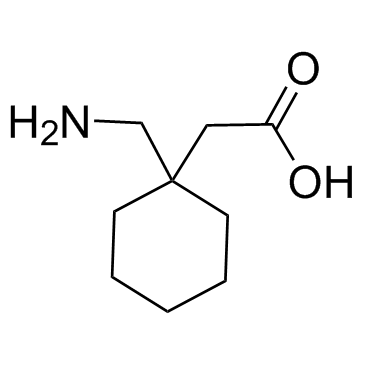| 结构式 | 名称/CAS号 | 全部文献 |
|---|---|---|
 |
4-氨基丁酸
CAS:56-12-2 |
|
 |
加巴喷丁
CAS:60142-96-3 |
|
 |
4,4-五亚甲基-2-吡咯烷酮
CAS:64744-50-9 |